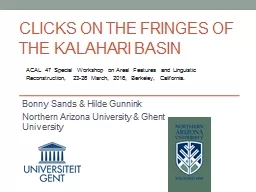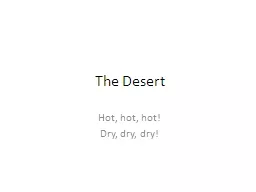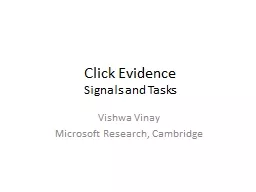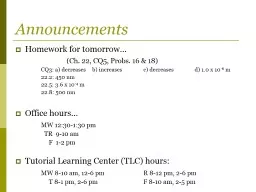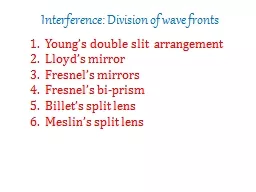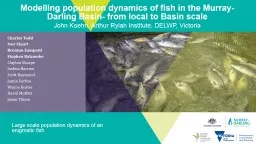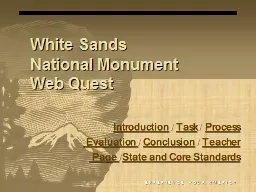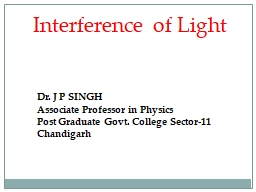PPT-Clicks on the fringes of the Kalahari Basin
Author : conchita-marotz | Published Date : 2019-12-20
Clicks on the fringes of the Kalahari Basin Bonny Sands amp Hilde Gunnink Northern Arizona University amp Ghent University ACAL 47 Special Workshop on Areal Features
Presentation Embed Code
Download Presentation
Download Presentation The PPT/PDF document "Clicks on the fringes of the Kalahari Ba..." is the property of its rightful owner. Permission is granted to download and print the materials on this website for personal, non-commercial use only, and to display it on your personal computer provided you do not modify the materials and that you retain all copyright notices contained in the materials. By downloading content from our website, you accept the terms of this agreement.
Clicks on the fringes of the Kalahari Basin: Transcript
Download Rules Of Document
"Clicks on the fringes of the Kalahari Basin"The content belongs to its owner. You may download and print it for personal use, without modification, and keep all copyright notices. By downloading, you agree to these terms.
Related Documents

